
Try-It Diet: Low-Salt
A two-week healthy eating plan
Adams Media, an imprint of Simon & Schuster, Inc.

Avon, Massachusetts
Contents
Introduction
A Try-It Diet is just that a diet that you can try out for two weeks to see if it is a good fit for you. Keep in mind that not every diet is right for every person; please consult with your doctor before making radical changes to your diet. Salt is an essential part of our diets. In fact, human blood is 0.9 percent sodium chloride (salt). That salt in the blood helps maintain the electrolyte balance inside and outside of cells. While individual needs can vary, most studies indicate that the human body needs only around 500 milligrams of salt a day to maintain that healthy balance but that 500 milligrams is a fraction of what many Americans consume in a day.
So much salt is present in processed foods that consuming 1,200 to 2,000 milligrams is now often considered a salt-restricted diet. The average American consumes 3,300 milligrams a day. The American Heart Association recommends consuming less than 1,500 milligrams a day while the National Institute of Health recommends limiting intake to 2,300 milligrams per day for healthy adults. To give you an idea of how much salt constitutes the recommended target milligrams, 1,500 milligrams is only three-fourths of a teaspoon of salt! Most people are aware that too much salt in the diet can cause an increase in blood pressure in salt-sensitive individuals. An elevation in blood pressure increases the risk of stroke. In addition to blood pressure and the risk of cardiac health concerns, too much sodium can cause other problems as well.
Excess salt in the diet can increase calcium loss, which in turn exacerbates the risk of osteoporosis. Excess salt in the diet has been shown to increase the risk of stomach cancer, ulcers, and migraines. To complicate matters even more, some salt-sensitive individuals exhibit normal blood pressure levels yet retain salt in the kidneys instead of excreting it in their urine. Thus, salt sensitivity alone (without the telltale warning signs of high blood pressure or fluid retention) can still increase the risk of death. Once you start looking for ways to cut down on the salt in your diet, you realize that salt is seemingly everywhere! Even when it isnt listed as a named ingredient on a food label, it can be present in many food preservatives. Its in the baking soda used to leaven baked goods.
A fast-food chicken sandwich isnt normally thought of as a salty food, yet it can contain more than 1,100 milligrams of sodium. A serving of canned soup can contain almost that much! Because of todays fast-paced lifestyle, you, too, probably rely to a certain extent on fast foodswhether you get them at a drive-up window or in the form of a convenience food at the supermarket. In addition to cutting down on how much salt you add to your food, making wise choices about which ingredients you use when preparing meals can make a big difference. While there are now other reduced-sodium (and reduced-fat and no-fat) products on the market, the nutritional analyses for those products vary widely. Reduced-sodium foods often contain more sugar; reduced-fat foods usually contain more sodium than do regular products. When cooking for a low-salt lifestyle, youll want to have certain essentials for your pantry.
These should include dried lemon granules, 100% lemon juice (not the bottled kind made from concentrate, but like that found in the freezer case from Minute Maid), dried minced onion and garlic, good-quality onion and garlic powders, nonfat dry milk, and no-salt-added instant mashed potatoes. While theyre not mandatory, stocking some freeze-dried ingredients like shallots and minced green onion (scallion) are great to have on hand, too, because of their almost instantaneous ability to reconstitute in a dish. Likewise, while many cooking experts suggest replacing spices and herbs every six months to a year, that isnt because spices stored properly in a cool, dry place go stale. Rather, even when theyre stored properly, the intensity of those spices and herbs do diminish over time. That decrease in flavor isnt the end of the world, however; in most cases, you can simply use more. The most important thing to keep in mind as you experiment with new seasoning sensations while you adapt to your new low-salt eating lifestyle is that youre making a commitment to better manage your health.
Making, and sticking with, that commitment to eat a healthy diet literally can be your life or death decision. If youd like to explore the Low-Salt Diet in more detail, check out The Everything Low-Salt Cookbook , available in print (ISBN: 978-1-59337-044-2) and eBook (eISBN: 978-1-4405-2287-1) formats.
Weekly Meal Plans
Week 1
Sunday
Breakfast
Lunch
Snack
Dinner
Monday
Breakfast
Lunch
Snack
Small apple and cup unsalted almonds
Dinner
Tuesday
Breakfast
Lunch
Snack
Dinner
Wednesday
Breakfast
Lunch
Snack
Dinner
Thursday
Breakfast
Lunch
Snack
Dinner
Friday
Breakfast
Lunch
Snack
cup diced pineapple
Dinner
Saturday
Breakfast
Lunch
Snack
Dinner
Week 2
Sunday
Breakfast
Lunch
Snack
Dinner
Monday
Breakfast
Lunch
Snack
Dinner
Tuesday
Breakfast
Lunch
Snack
cup baby carrots and cup unsalted almonds
Dinner
Wednesday
Breakfast
Lunch
Snack
Dinner
Thursday
Breakfast
Lunch
Snack
Dinner
Friday
Breakfast
Lunch
Snack
Medium orange and cup raisins
Dinner
Saturday
Breakfast
Lunch
Snack
Dinner
Veggie Pancakes Serves 8

Ingredients 4 large carrots, peeled and grated 1 cup seeded and grated zucchini 1 large sweet onion, finely chopped 1 stalk celery, finely chopped cup unbleached all-purpose flour teaspoon low-salt baking powder teaspoon mustard powder teaspoon salt teaspoon pepper 1 egg cup skim milk 2 teaspoons canola oil Spectrum Naturals Super Canola Spray Oil or other nonstick spray
- Add the carrots, zucchini, onion, and celery to a microwave-safe bowl. Cover and microwave on high for 4 minutes or until the vegetables are tender and the onion is transparent. Set aside to cool.
Next page
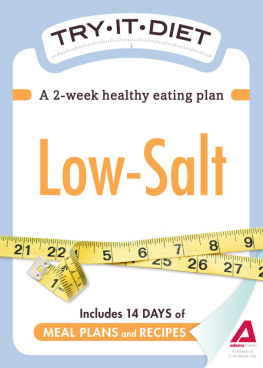

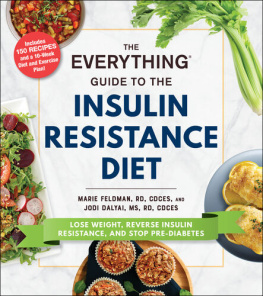


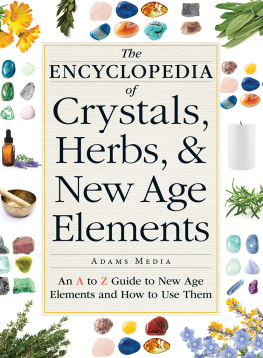

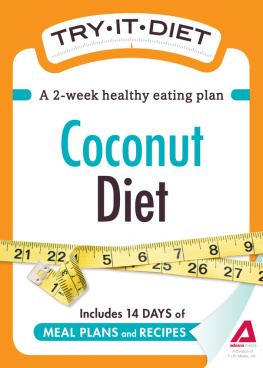

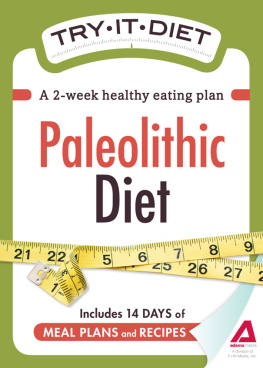

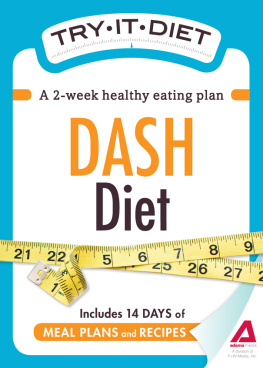
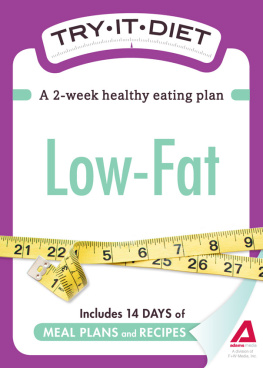
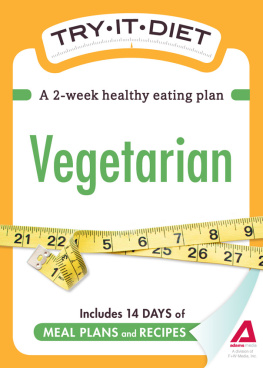
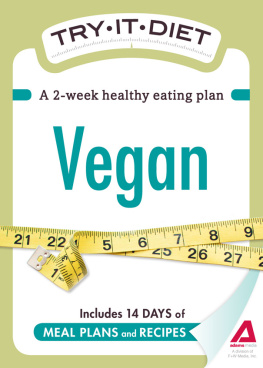


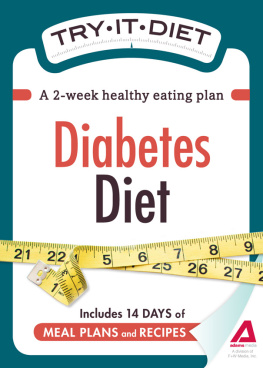
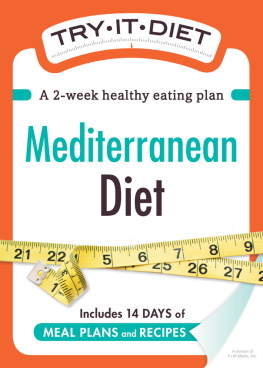

 Avon, Massachusetts
Avon, Massachusetts  Ingredients 4 large carrots, peeled and grated 1 cup seeded and grated zucchini 1 large sweet onion, finely chopped 1 stalk celery, finely chopped cup unbleached all-purpose flour teaspoon low-salt baking powder teaspoon mustard powder teaspoon salt teaspoon pepper 1 egg cup skim milk 2 teaspoons canola oil Spectrum Naturals Super Canola Spray Oil or other nonstick spray
Ingredients 4 large carrots, peeled and grated 1 cup seeded and grated zucchini 1 large sweet onion, finely chopped 1 stalk celery, finely chopped cup unbleached all-purpose flour teaspoon low-salt baking powder teaspoon mustard powder teaspoon salt teaspoon pepper 1 egg cup skim milk 2 teaspoons canola oil Spectrum Naturals Super Canola Spray Oil or other nonstick spray